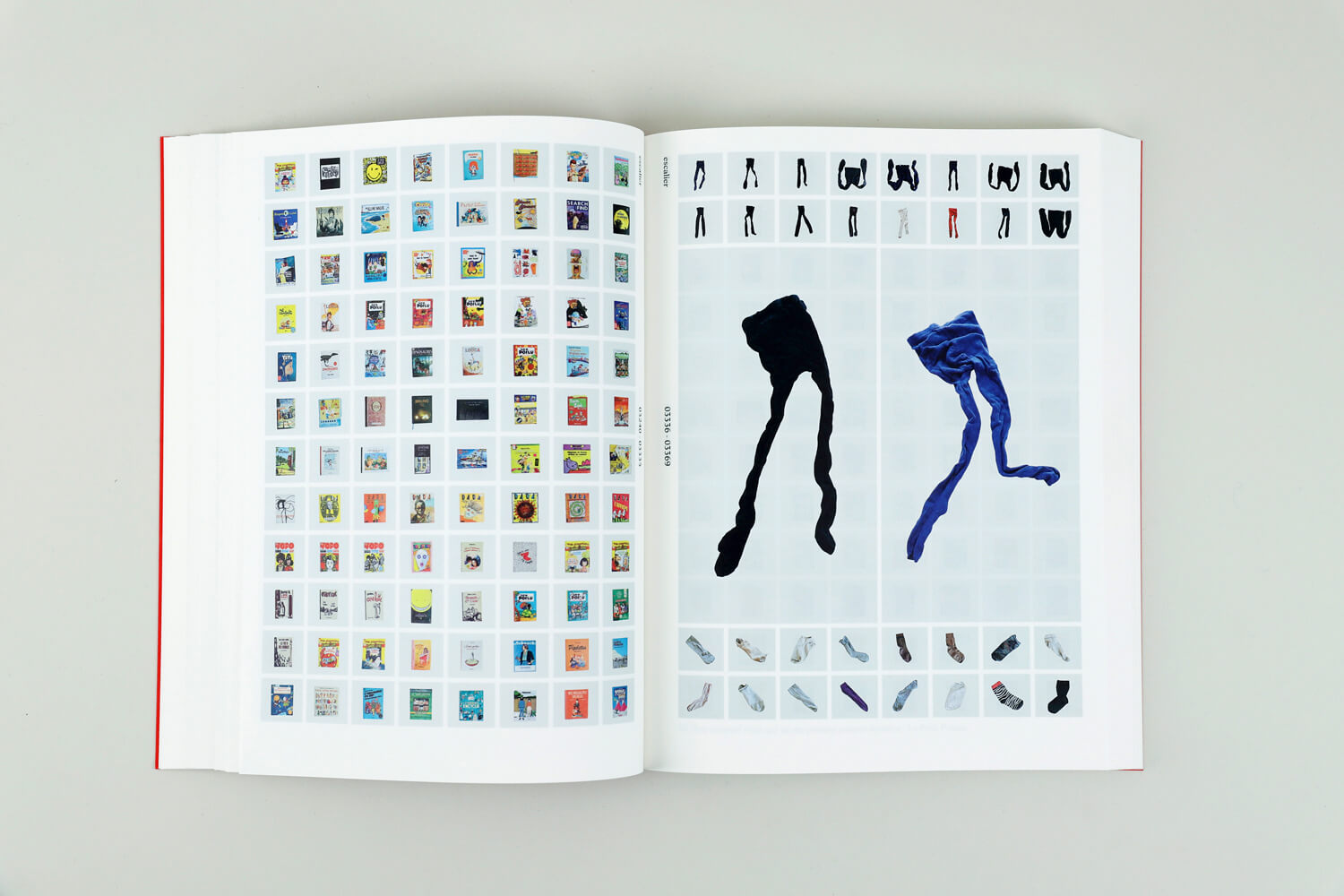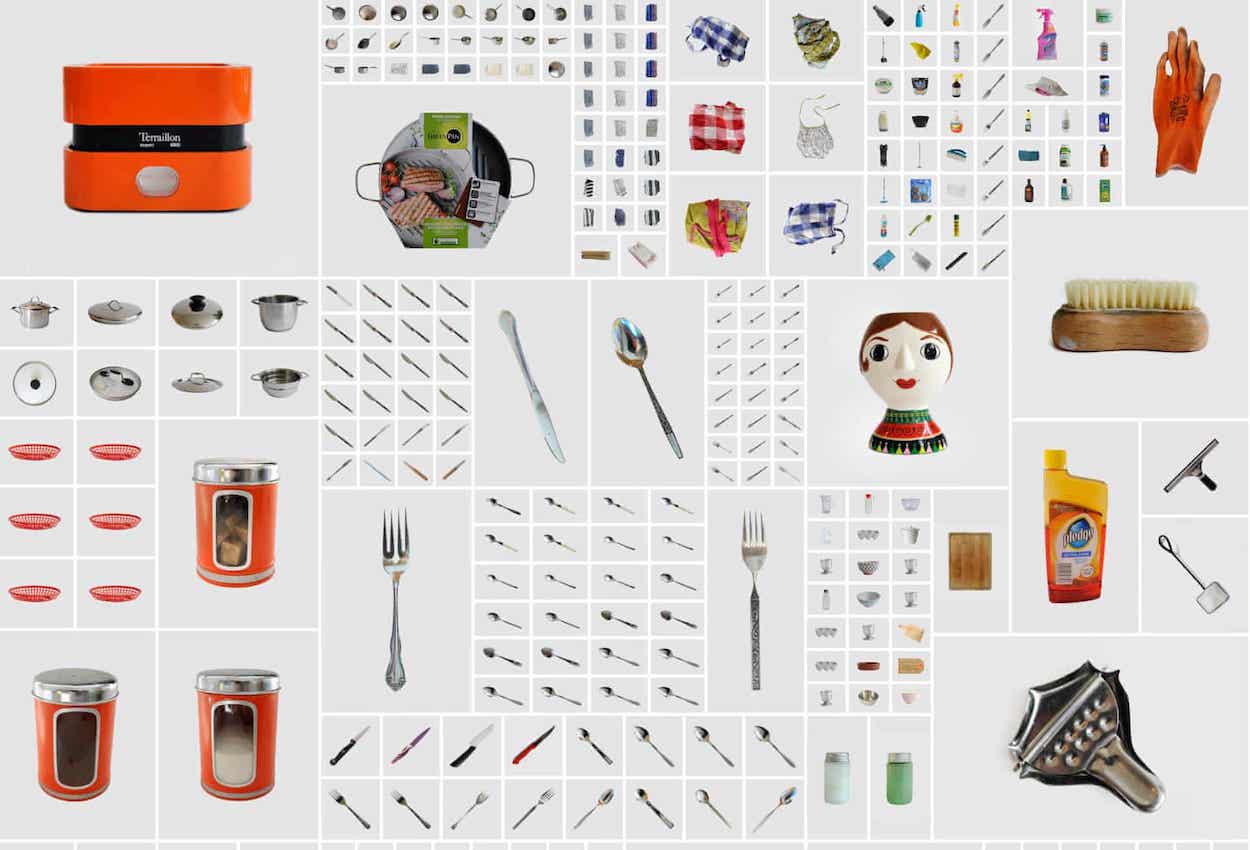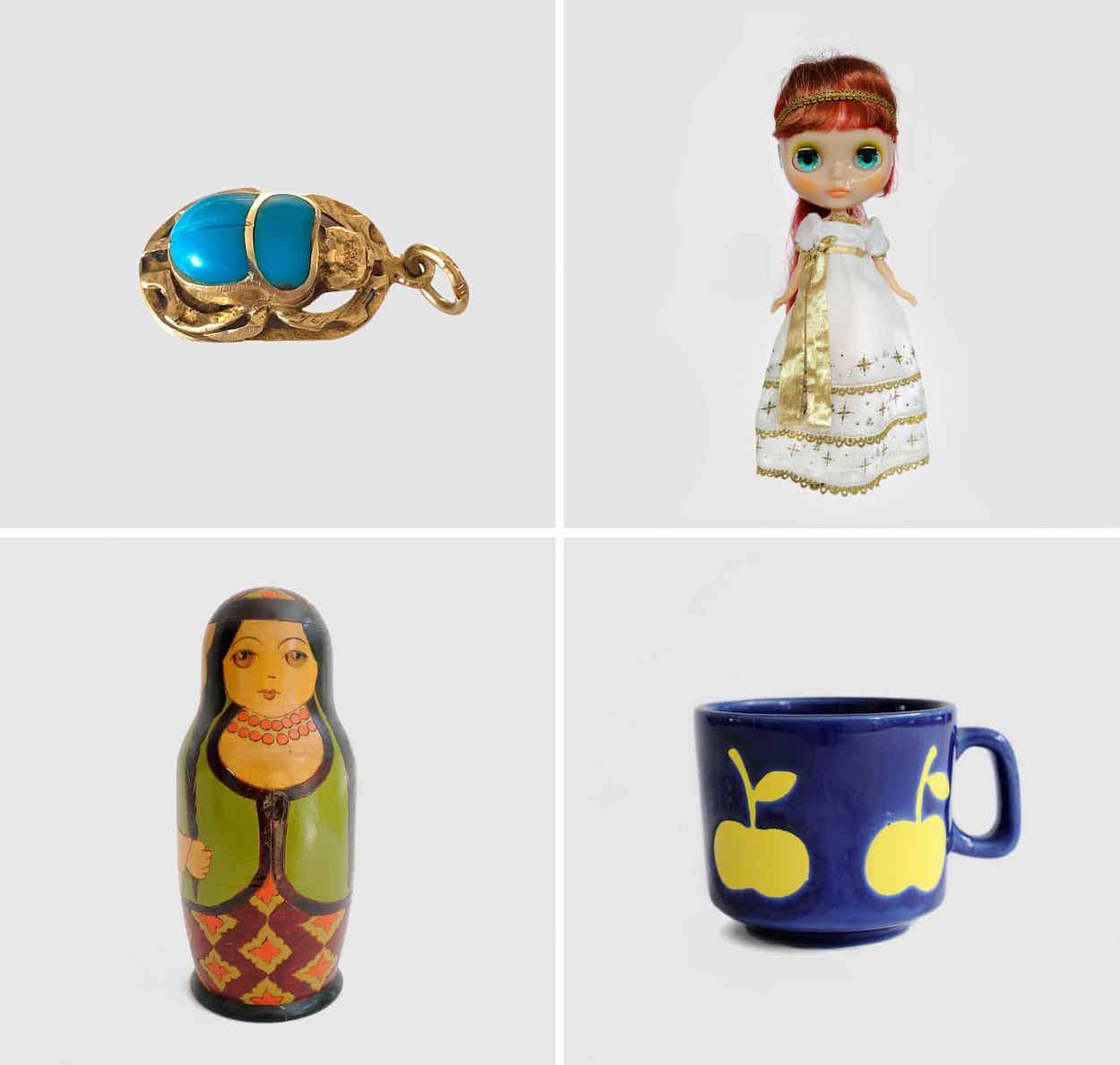Divorce prompts tense conversations about how couples should divide their property. That chore was unusually straightforward for photographer Barbara Iweins, whose ex-husband simply decided to take nothing with him. Faced with the onerous task of moving again, the Brussels-based mother of three opted for an introspective distraction—“necessary therapy,” as she puts it—by cataloging every single item she owns. She went from room to room, photographing and inventorying everything from Lego bricks and safety pins to trench coats and toothbrushes, classifying each by color, material, and frequency of use.
Four years later, her “obsessive” mission certainly passed the time—and evolved into an exhaustive inventory of the average household’s domestic flotsam. Her 12,795-object archive is now captured in Katalog, a new hardcover that was shortlisted for the 2023 Rencontres d’Arles Author Book Awards. Inside, she arrays photographs of mundane objects alongside treasured keepsakes, fashioning a self-portrait through belongings. The images’ sheer weight and repetition are tempered with amusing anecdotes—a mug evokes “brotherly dislike,” an iPhone case shows signs of teenage trickery—and self-mocking statistics gleaned from an overcrowded Excel spreadsheet: “I have the weakness to believe that I’m the only person in the world who knows that the dominant color in her house is blue (16%).”
Perusing the tome’s 360 pages of uniform white-background product shots may overwhelm the clutter-averse and spark diatribes about overconsumption, but the self-described “neurotic collector” of vintage clothing concedes her spending habits are otherwise fairly typical of a single parent. She also doesn’t shy away from getting personal, intentionally including bedside table items like lube, condoms, and Xanax, as well as a dreaded mold of her own teeth. Her warts-and-all approach, she says, intends to counter the hyper-curated, ideal versions of ourselves we tend to broadcast on social media. Her biggest revelation? “Only one percent of these objects are important; 99 percent I could get rid of,” she tells The Guardian. “Most of the objects I really care for are the things I cannot replace.”



